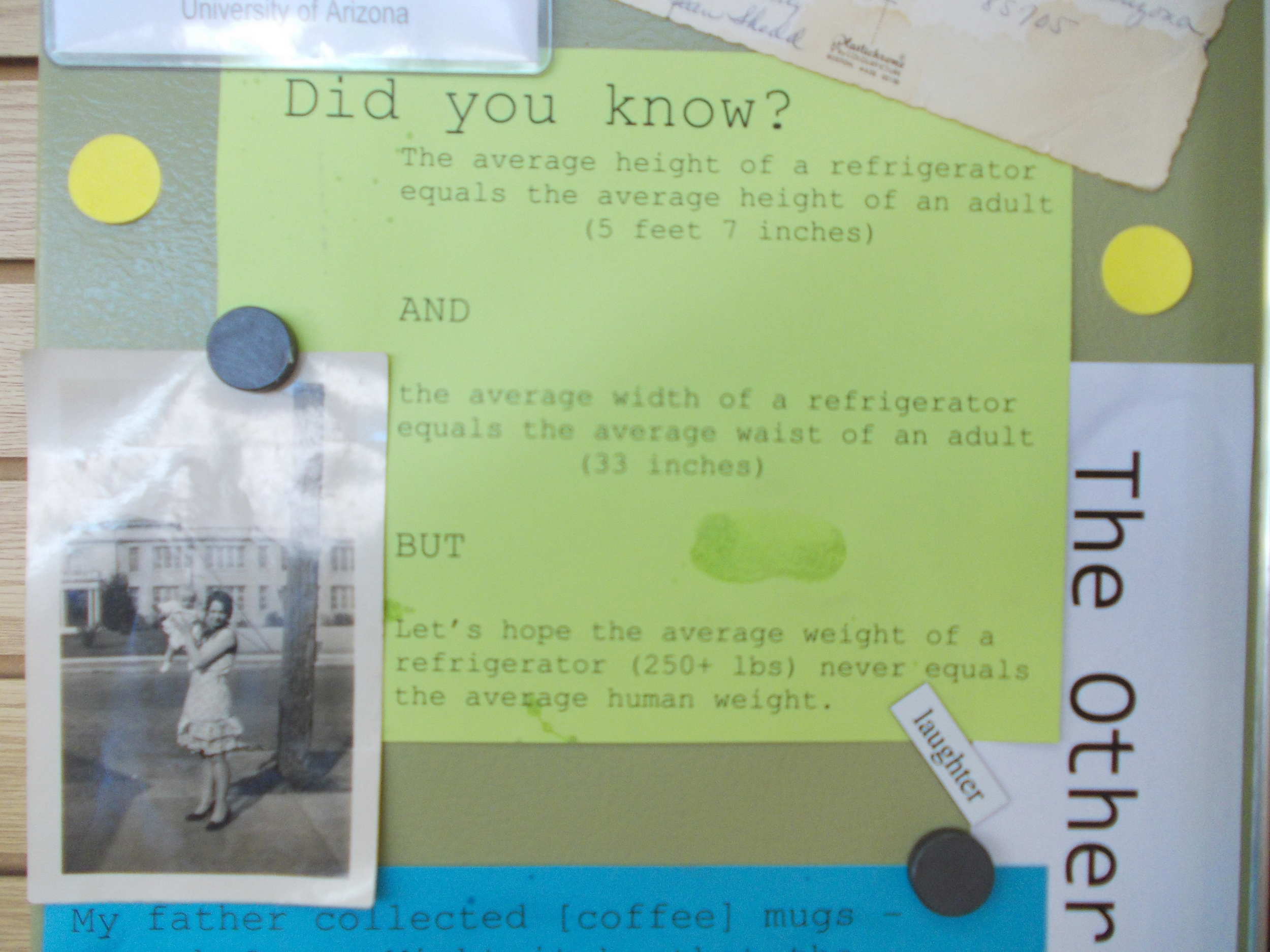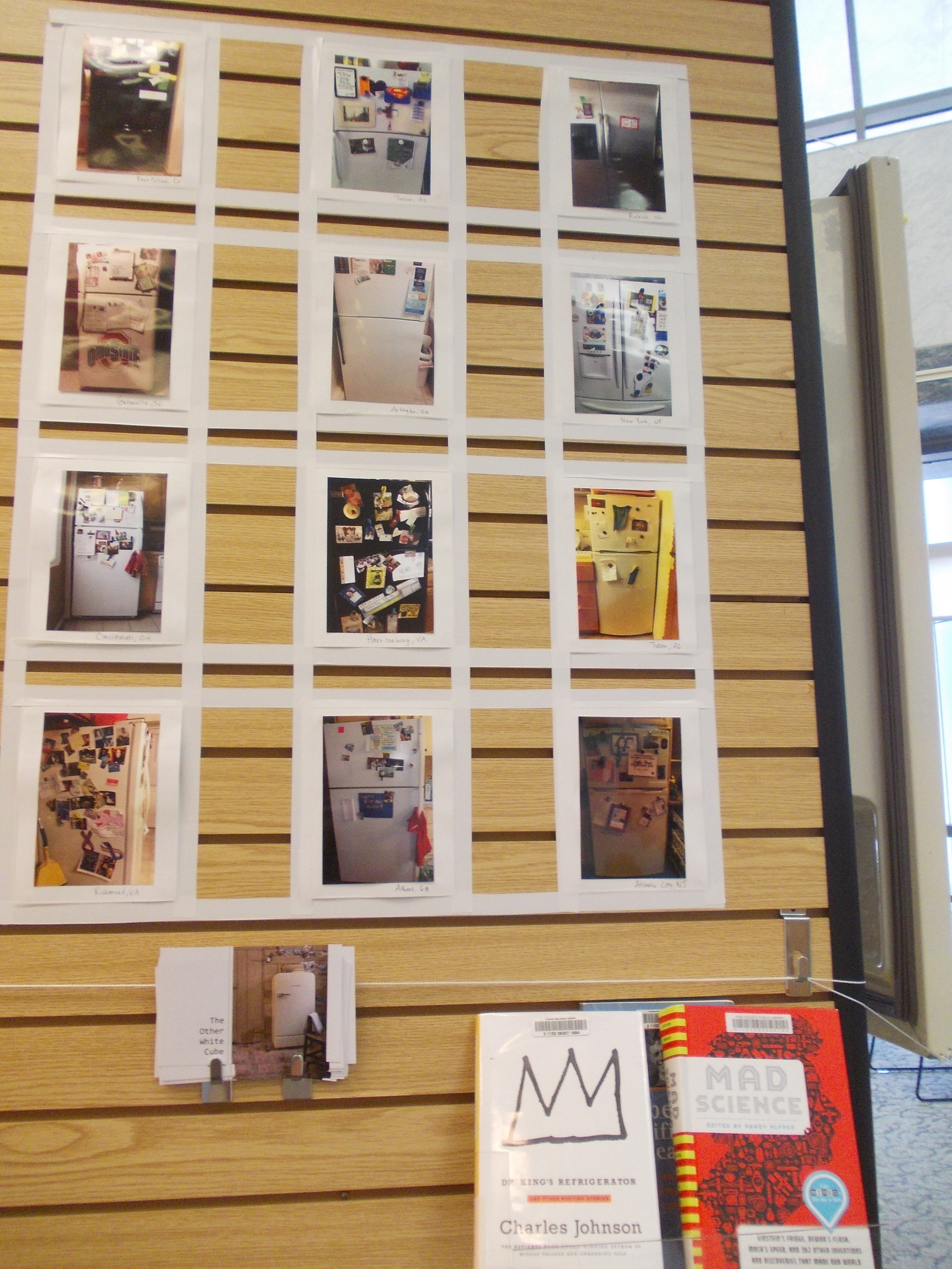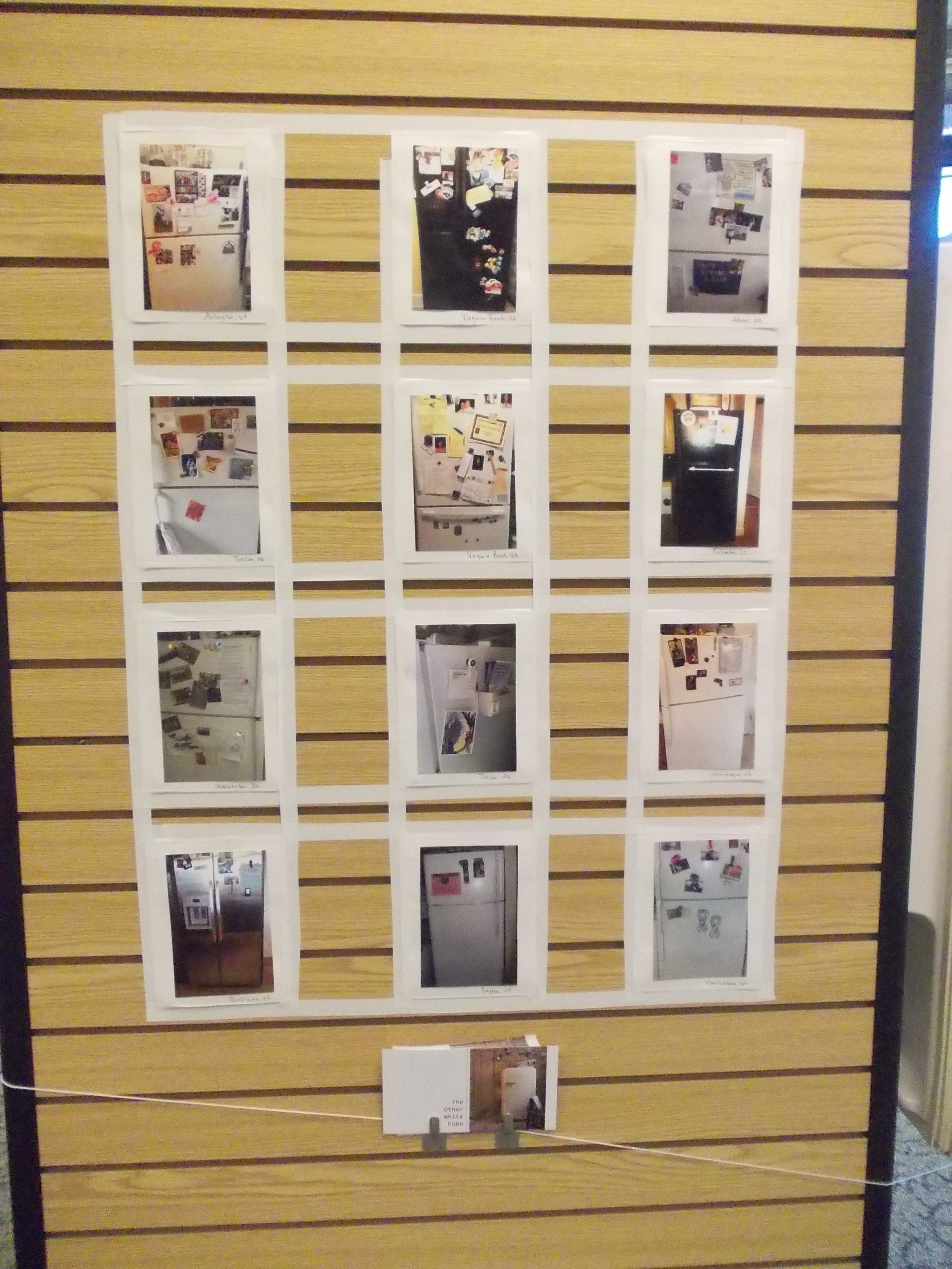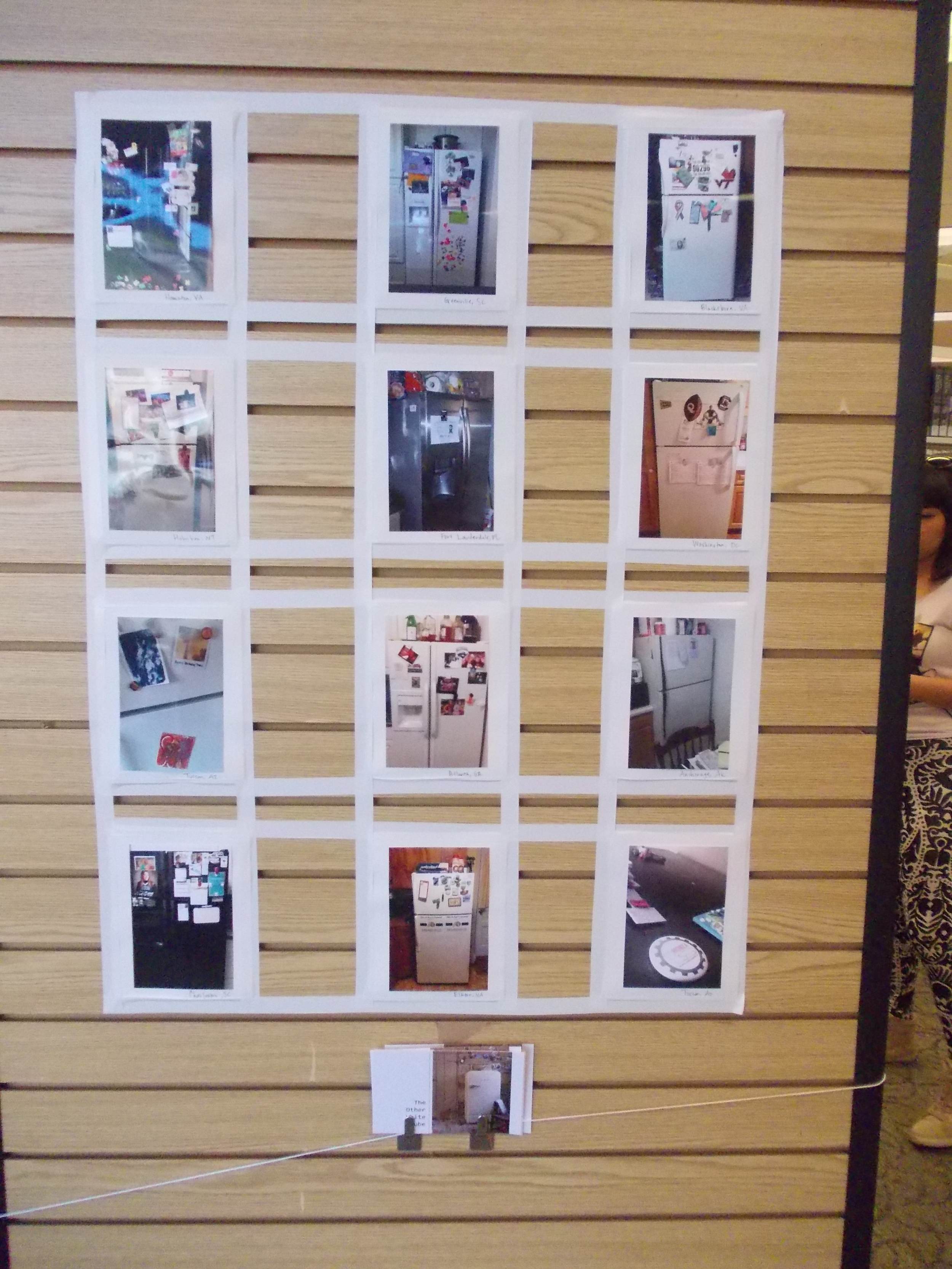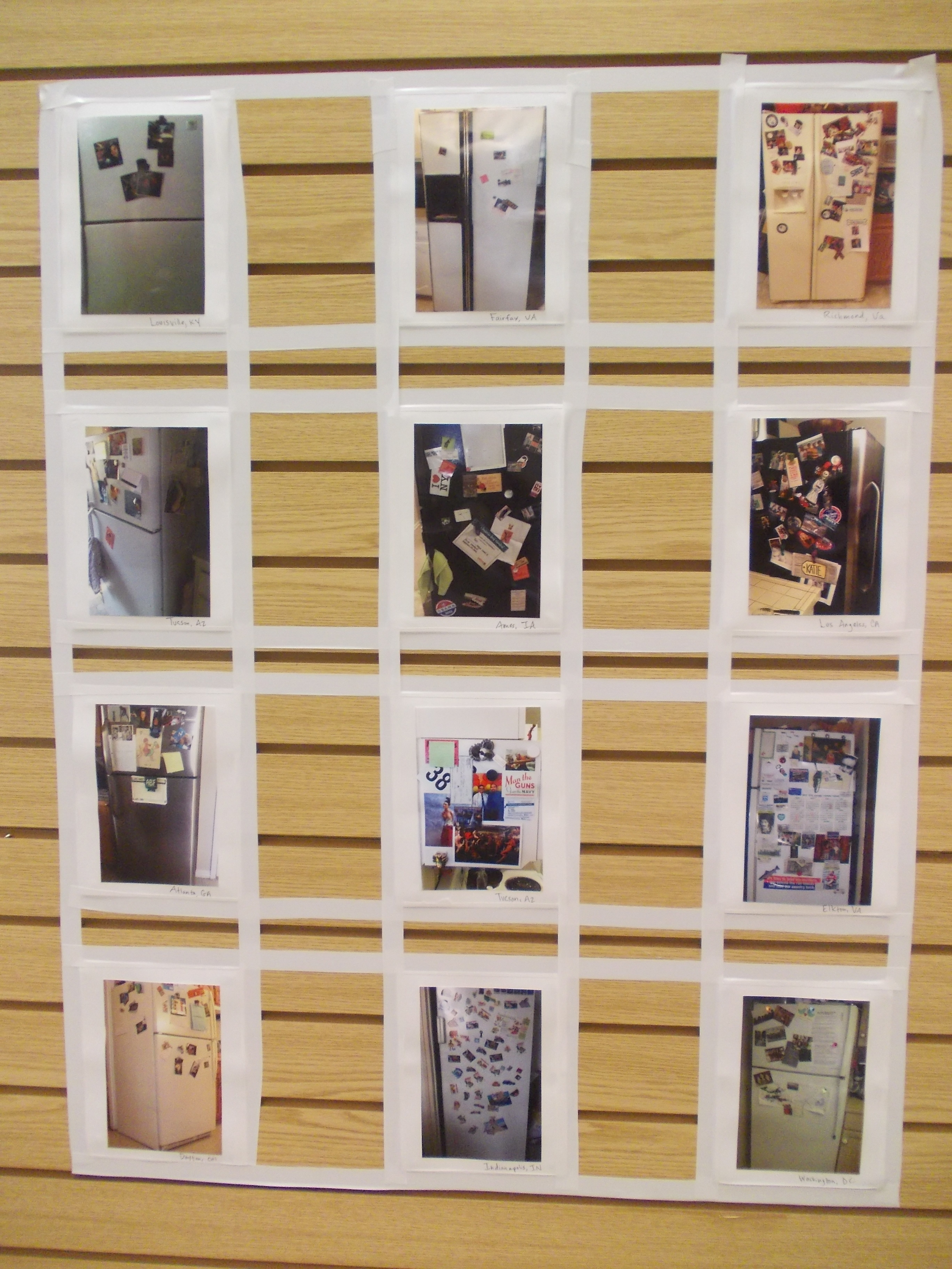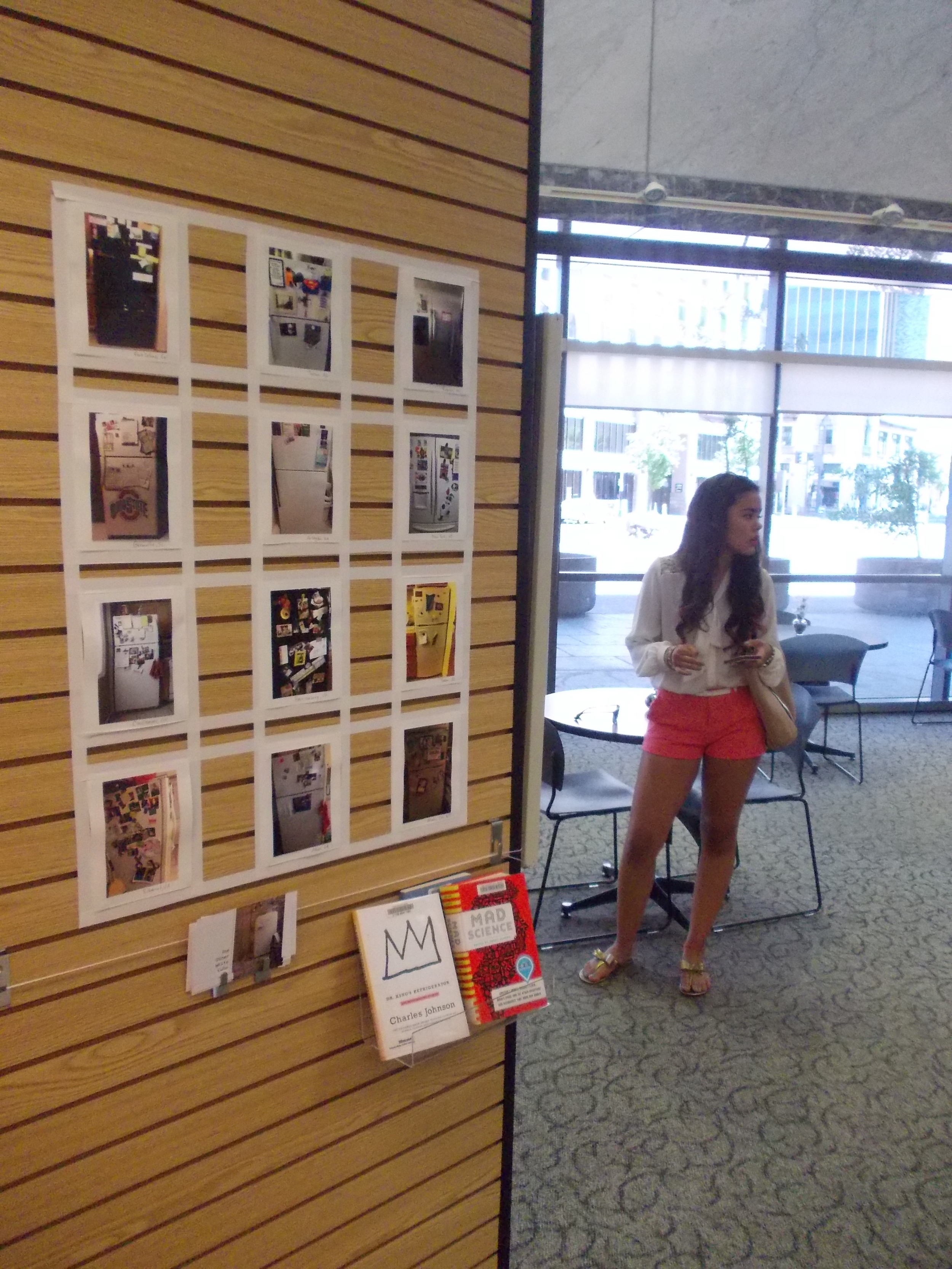People here are funny. They work so hard at living they forget how to live.
-Longfellow Deeds in Mr. Deeds Goes to Town (1936)
Like Mr. Deeds going from a small town to the big city, the Other White Cube Project has transformed from a small rustic idea into a larger phenomenon. The project - which has received nearly 2000 views online, more than 100 photographs from across the U.S., 75 followers on twitter @otherwhitecube, and an array of media coverage - has gotten the chance to reach a bigger audience and kickstart a case study in the cultural arts. For the month of April, the Other White Cube Project will occupy the first-floor gallery of the Joel D. Valdez Main Library in downtown Tucson.
The Pima County Public Library system sees 5.7 million visitors each year with the downtown location being one of its most popular and frequented libraries. Visitors to the library will be greeted by familiar faces - not those at the front desk but those staring back at them in the form of family photographs on several installed refrigerators.
Scattered among the photographs include magnets, postcards, children's drawings, business and birthday cards, maps, and, most importantly, explanatory text. To defy the conventions that separate art from life, The Other White Cube exhibition has included wall text interspersed between the items that make up the art work. Art, culture, and information exist in the same matrix of messy, makeshift expression.
The exhibition's wall text contains snippets from poetry commenting on the beauty of looking closely at everyday events and objects, quotes from the field of art and museum education encouraging viewers to engage critically with life, simple explanations of the theory behind the project, and information related to the cultural history of the refrigerator. In the example above, the inscription reads: "Add people to the artifacts and the attraction is irresistible" from R.C. Well in The Engaging Museum. The text helps to make the refrigerator-as-museum metaphor more palpable and explicit. It also implicitly asserts that, just like text, the images and refrigerator displays can be read and interpreted.
The exhibition is both visually and textually rich, and collectively it leads viewers to a Deedsian idea - our refrigerators are filled with accessible meaning, yet, caught in the swift current of our lives, we forget how to find it, extract it, and cherish it. The Other White Cube exhibition features 6 installed refrigerators, and each one aims to capture a certain living situation - early parenthood, a full family, a retired couple, etc. Look at the gallery below and piece together the meaning, piece together a life lived on the refrigerator door.
60 photographs of refrigerator displays also grace the gallery. The photographs came from across the United States, including representative examples from Washington, D.C.; Portland, OR; Los Angeles, San Francisco, and Laguna, CA: Chicago, IL; Cincinnati, OH; New York, NY; Tucson and Phoenix, AZ; Raleigh and Charlotte, NC; Columbia, Greenville, and Charleston, SC; Miami and Tampa Bay, FL; Bethesda and Baltimore, MD; Indianapolis, IN; Ames, IA; Wichita, KS; Austin, TX; Atlanta and Athens, GA; New Orleans, LA; Jackson, WY; Denver and Colorado Springs, CO; Nashville, TN; as well as Richmond, Arlington, Virginia Beach, Harrisonburg, and - my hometown - Elkton, VA. Photographs were hung in a 3 x 4 arrangement and secured with sleek, white electrical tape, giving each photography display the shape, whiteness, and glean of a refrigerator.
Thank you to everyone who sent in photographs. Keep them coming and keep spreading the word! The Other White Cube exhibition will remain on display at the Joel D. Valdez Main library until the end of April. Be sure to visit the show and the website and participate!











